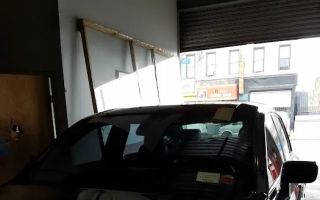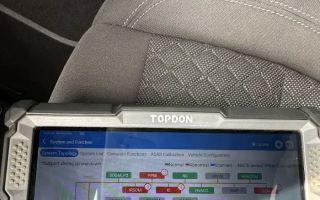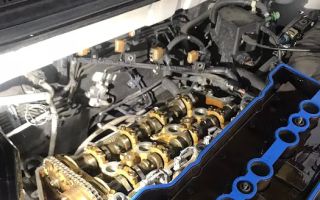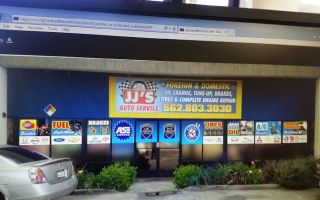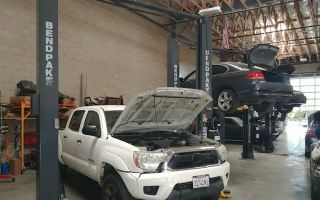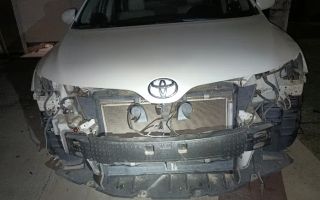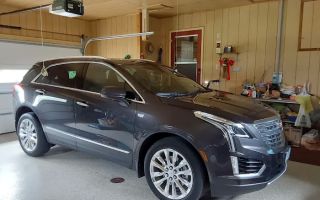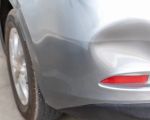What to Do If Your Car Breaks Down in the Middle of Nowhere: Essential Tips for Roadside Emergencies
- 1. Stay Calm and Assess the Situation
- 2. Prioritize Safety First
- 3. Attempt Minor Repairs If Possible
- 4. Call for Help
- 5. Wait for Assistance and Keep Yourself Safe
- 6. Buy a Roadside Emergency Kit for Future Incidents
1. Stay Calm and Assess the Situation
One of the most important things to do if your car breaks down in the middle of nowhere is to stay calm. Panicking will only make the situation worse and impair your ability to think clearly. The first step is to assess the condition of your car—try to identify any obvious issues such as flat tires, smoke, or strange noises. It’s essential to stay composed so you can make informed decisions in this stressful scenario.
Real-life Example: John, a long-distance truck driver, once had a tire blowout in a remote area. By staying calm and inspecting the car, he quickly realized it was just a flat tire. This allowed him to act efficiently and avoid making the situation more stressful than it needed to be.
2. Prioritize Safety First
Your safety should always be your top priority. If your car is on the side of the road or in a potentially hazardous area, move yourself and your passengers to a safe location. If you're on a highway, it's especially important to stay away from moving traffic. Turn on your hazard lights to alert other drivers that your vehicle is stationary and you are in distress.
Tips for safety:
- Move to the passenger side if possible.
- Keep a reflective triangle or road flares in your vehicle to signal others.
- Stay inside your vehicle if it’s unsafe to exit (e.g., busy roads, poor weather conditions).
3. Attempt Minor Repairs If Possible
If you have basic mechanical knowledge and a roadside toolkit, you might be able to fix minor issues yourself. For example, changing a flat tire or adding coolant if the engine has overheated. However, don’t attempt any repairs if you're unsure or if the situation might worsen by doing so.
Example: Jane, a car owner, once found herself stranded in the middle of a desert. Using her emergency roadside kit, she was able to replace a broken belt and continue her journey. But, for more complex problems like engine failure, calling for help is often the better option.
4. Call for Help
If your car issue is beyond your ability to fix, or if you’re unsure about the severity of the problem, it's time to call for help. Make sure your phone is charged, and try to contact roadside assistance services or a local towing company. If you're in a truly remote location with no phone signal, you may need to wait for another traveler to pass by and request help on your behalf.
Professional services like those offered by Rescue & Towing can be a lifesaver during such situations.
5. Wait for Assistance and Keep Yourself Safe
Once you’ve called for help, your next job is to wait safely. Avoid wandering too far from your car, especially in unfamiliar or hazardous areas. While you wait, conserve your phone’s battery and keep it on hand in case you need to provide further information to emergency services.
Story: Steve once found himself in a remote location on a road trip. After contacting roadside assistance, he stayed in his car with his seatbelt on until help arrived. By remaining patient and calm, he avoided putting himself in any further danger.
6. Buy a Roadside Emergency Kit for Future Incidents
To prepare for unexpected breakdowns, it's essential to have an emergency kit in your car. A well-stocked roadside emergency kit can help you handle minor issues and stay safe while you wait for assistance.
Recommended items for your kit:
- Jumper cables
- First-aid kit
- Flashlight
- Reflective warning triangle
- Basic tools (wrenches, screwdrivers, etc.)
Having this kit can make a significant difference in how you manage a roadside emergency. For high-quality roadside assistance tools, visit Rescue & Towing to explore a wide range of emergency products.


